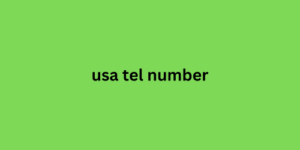
Therefore, the measures that we will discuss below are aimed at demonstrating to search engines that your resource is the original source. They are also necessary to form a convincing evidence base of your authorship. This may be useful if you need to defend your rights to the content in court. Text Let's start with how to protect text from copying. To do this, you can use CSS, HTML, and JavaScript technologies. They make it possible to make common copying methods inaccessible, including keyboard shortcuts (for example, Ctrl+C) and the context menu that appears when you right-click.
But protection against copying text on a site using code is a very controversial decision. Firstly, if you prohibit copying text from a site, it will be inconvenient for ordinary users to work with it. For example, if someone is looking for the necessary information and simply copies and saves certain theses to their notes. Secondly, such measures significantly reduce the likelihood of receiving natural external links to your resource. Potential authors wishing to cite your material will be faced with the need to manually retype the text, which may discourage them from linking to you.
